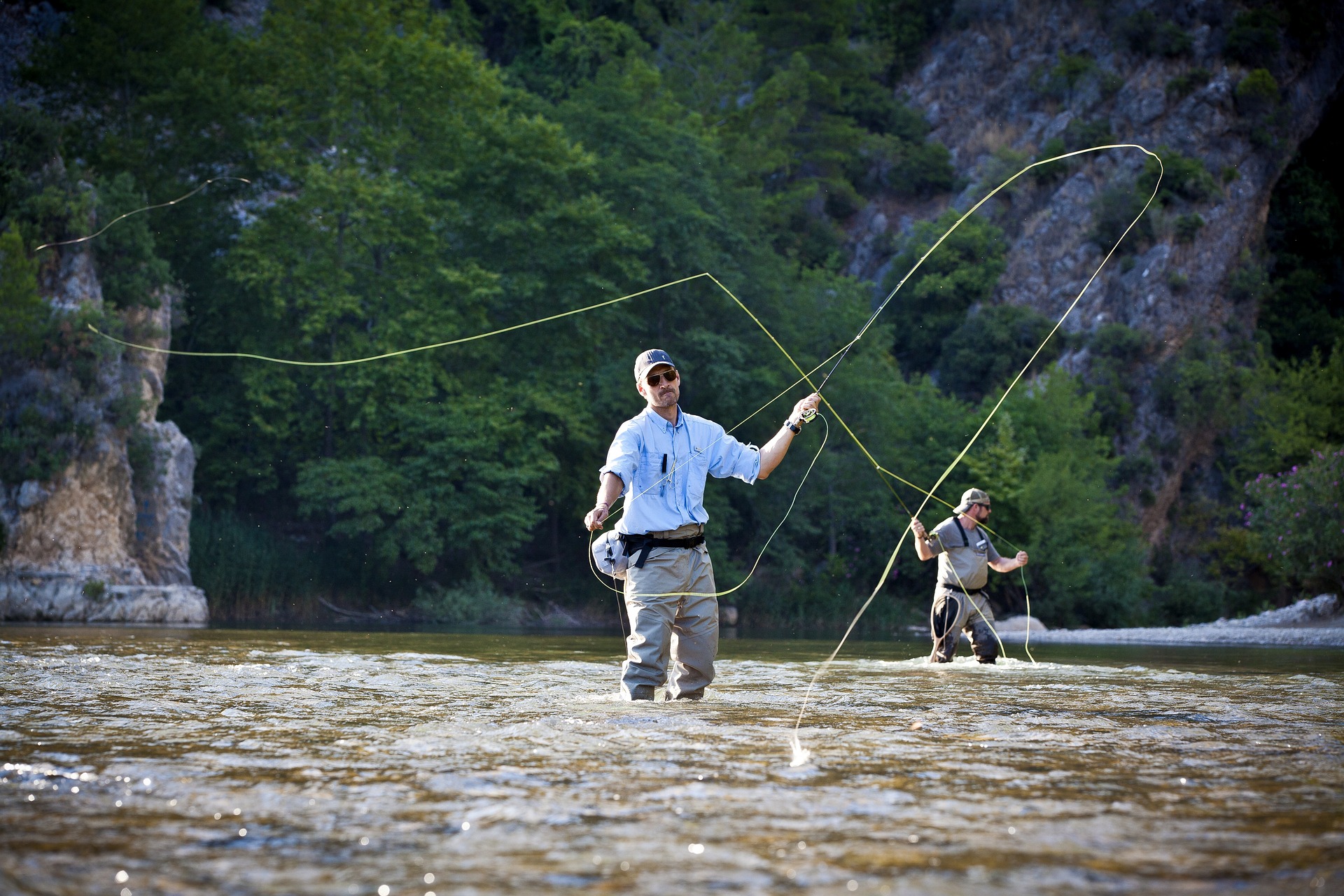Request A Free Quote
The Ultimate Guide to Fly Fishing
The Ultimate Guide to Fly Fishing: Techniques and Essential Tools

Welcome to our fishing store’s blog! Whether you are a seasoned angler or a beginner looking to dive into the serene and rewarding world of fly fishing, we are here to provide you with valuable insights, tips, and recommendations. Fly fishing is an art that combines skill, patience, and the right tools to create an unforgettable outdoor experience. In this post, we’ll cover detailed techniques for fly fishing and recommend some ideal tools to help you get started or elevate your fishing game.
Understanding Fly Fishing
Fly fishing is a method of fishing where an artificial fly is used to catch fish. The lightweight fly, which mimics the appearance of insects or baitfish, is cast using a specialized fly rod, reel, and weighted line. The goal is to present the fly naturally, enticing fish to strike. We all know that the key to casting a fly rod is finding the right rhythm and movement, expecially rhythm, a experienced and professional fly fisher have their own rhythm to throw the line above the water, that can be a very beautiful view to appreciate.
Essential Fly Fishing Techniques
Casting
1, The Basic Cast: Start with a smooth, controlled motion. Hold the rod with a relaxed grip, pull the rod back to about the 10 o’clock position, pause to let the line straighten out, then smoothly accelerate forward to the 2 o’clock position.
2,The Roll Cast: Useful when you have limited backcasting space. Keep your rod tip low, flick the rod upward, and allow the line to roll out smoothly in front of you.
3,The Double Haul Cast: A more advanced technique to achieve greater distance. It involves pulling on the line with your non-dominant hand during both the backcast and forward cast to increase line speed.
Presentation
1,Dry Fly Fishing: The fly floats on the surface, imitating an insect. Cast upstream and let the fly drift naturally downstream. Watch for surface strikes.
2,Nymph Fishing: The fly sinks below the surface, imitating larvae or nymphs. Use an indicator to detect strikes and ensure your fly is at the right depth.
3,Streamer Fishing: The fly imitates small baitfish. Cast across and downstream, then retrieve with short, sharp strips to mimic a fleeing fish.
Reading the Water
Look for areas where fish are likely to be feeding, such as eddies, riffles, and pools.
Observe the water’s surface for signs of insect activity, which can indicate where fish are feeding.
Fish are often found near structures like rocks, logs, and undercut banks where they can find shelter and ambush prey.
Recommended Fly Fishing Tools
To make the most of your fly fishing experience, it’s crucial to have the right gear. Much more gears are required when fly fishing than other type of fishing, but quantity you need always depend on where you gonna fishing and what kind of fishes you gonna fishing for. Here are our top recommendations:
Fly Rod
Sage Foundation Fly Rod: A versatile rod that offers excellent performance for both beginners and experienced anglers. It’s durable and provides a great balance of power and finesse.
Fly Reel
Orvis Hydros SL Fly Reel: Known for its smooth drag system and lightweight design, this reel is perfect for handling a variety of fish species and conditions.
Fly Line
Rio Gold Fly Line: A high-performance line that excels in both short and long casts. It’s designed to enhance the accuracy and presentation of your fly.
Flies
Dry Flies: Adams, Elk Hair Caddis, and Royal Wulff.
Nymphs: Pheasant Tail, Hare’s Ear, and Copper John.
Streamers: Woolly Bugger, Clouser Minnow, and Zonker.
Waders and Boots
Simms Freestone Waders: Durable and comfortable, these waders provide excellent protection and mobility.
Patagonia Foot Tractor Wading Boots: With exceptional grip and support, these boots ensure stability on slippery riverbeds.
Accessories
Tippet and Leader: Ensure you have a variety of sizes to match different fishing conditions.
Fly Box: A waterproof fly box to organize and protect your flies.
Nippers and Forceps: Essential for cutting line and removing hooks.
Conclusion
Fly fishing is more than just a hobby; it’s a way to connect with nature and challenge yourself. By mastering these techniques and equipping yourself with the right tools, you’ll be well on your way to a successful and enjoyable fly fishing experience. Visit our store for all your fly fishing needs, and feel free to ask our knowledgeable staff for personalized recommendations and tips.
Tight lines and happy fishing!







